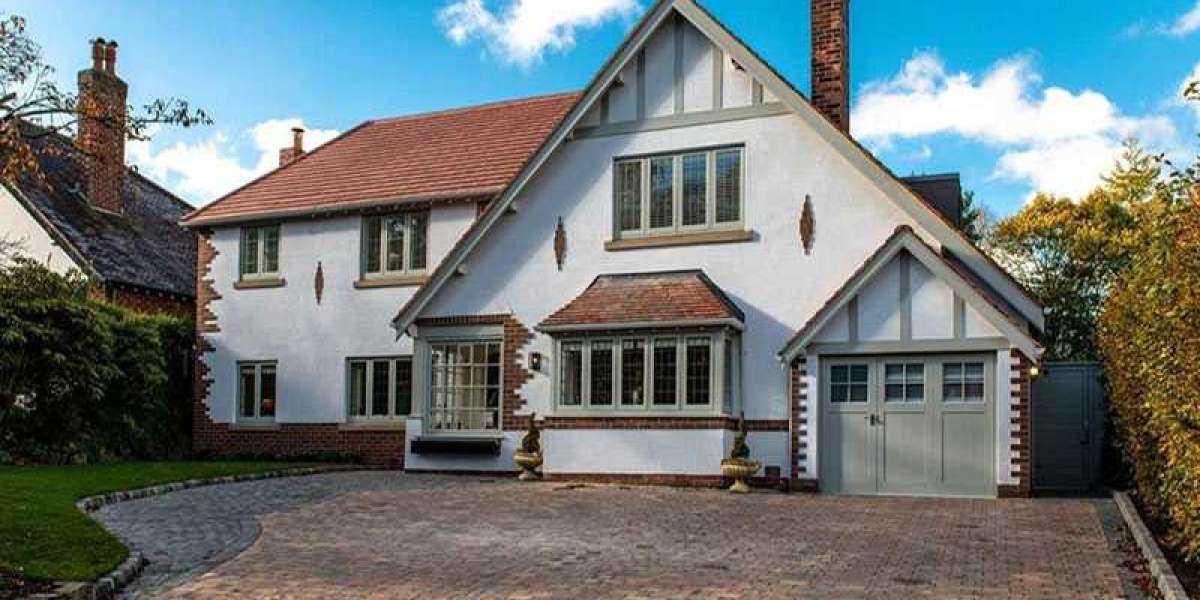Introduction
Aluminium windows have emerged as a popular choice in modern construction and renovation projects due to their durability, aesthetic appeal, and energy efficiency. This report aims to provide a detailed analysis of aluminium windows, covering their composition, advantages, disadvantages, installation processes, maintenance requirements, and market trends.
Composition and Types
Aluminium windows are primarily made from aluminium alloy, which is a combination of aluminium and other elements that enhance its strength and resistance to corrosion. The most common types of aluminium windows include:
- Casement Windows: Hinged on one side, https://electionforecast.co.uk/clear-vision-why-glass-partitions-are-the-future-of-office-design/ these windows open outward, providing excellent ventilation and unobstructed views.
- Sliding Windows: These windows slide horizontally along a track, making them ideal for spaces where outward opening is not feasible.
- Awning Windows: Hinged at the top and opening outward, awning windows are perfect for providing ventilation while keeping rain out.
- Fixed Windows: These are non-operable windows that do not open, primarily used for enhancing light and views.
- Bi-Fold Windows: Comprising multiple panels that fold away, these windows create a seamless transition between indoor and outdoor spaces.
Advantages of Aluminium Windows
- Durability and Strength: Aluminium is known for its strength-to-weight ratio, making it resistant to warping, cracking, and fading. This durability ensures that aluminium windows can withstand harsh weather conditions and last for decades.
- Low Maintenance: Unlike wood, which requires regular painting and sealing, aluminium windows are easy to maintain. A simple wipe with a damp cloth is often sufficient to keep them looking new.
- Energy Efficiency: Modern aluminium windows often feature thermal breaks, which improve insulation and reduce heat transfer. This energy efficiency can lead to lower heating and cooling costs for homeowners.
- Aesthetic Flexibility: Aluminium windows can be fabricated in various styles and finishes, allowing for customization to match any architectural design. They can be powder-coated in virtually any color, providing a sleek and modern appearance.
- Recyclability: Aluminium is 100% recyclable without loss of quality, making it an environmentally friendly option. This characteristic aligns with the growing demand for sustainable building materials.
Disadvantages of Aluminium Windows
- Cost: While aluminium windows offer long-term savings due to their durability and energy efficiency, their initial cost can be higher compared to other materials like vinyl or wood.
- Thermal Conductivity: Aluminium is a good conductor of heat, which can lead to condensation issues if not properly insulated. This is why thermal breaks are essential in modern aluminium window designs.
- Limited Color Options: Although they can be powder-coated, the color options may be limited compared to other materials, and the finish can fade over time if not properly maintained.
- Noise Transmission: Aluminium windows can transmit noise more effectively than other materials, which may be a concern in noisy urban environments. However, this can be mitigated with double-glazing or acoustic glass options.
Installation Process
The installation of aluminium windows is a critical step that can significantly affect their performance and longevity. The installation process typically involves the following steps:

- Measurement: Accurate measurements of the window openings are essential to ensure a proper fit. This step often requires professional assistance.
- Preparation of the Opening: The window opening should be cleaned and prepared, which may involve removing old windows and repairing any damage to the frame.
- Installation of the Frame: The aluminium window frame is then placed into the opening, ensuring it is level and square. This may involve the use of shims to achieve the correct alignment.
- Securing the Window: Once positioned, the window is secured using screws or brackets, and any gaps around the frame are filled with insulation or caulking to prevent air and water infiltration.
- Finishing Touches: Finally, the window is finished with trim and any necessary hardware, such as locks and handles, to ensure functionality and security.
Maintenance Requirements
While aluminium windows require minimal maintenance, regular checks and care can prolong their lifespan:
- Cleaning: Routine cleaning with mild soap and water is recommended to prevent dirt buildup. Special care should be taken to clean the tracks and seals to ensure smooth operation.
- Inspection: Regular inspections for signs of wear, such as damaged seals or corrosion, can help identify potential issues before they become significant problems.
- Lubrication: Moving parts, such as hinges and locks, should be lubricated periodically to ensure smooth operation.
- Repainting: If powder-coated finishes show signs of fading or chipping, a repainting may be necessary to maintain aesthetic appeal.
Market Trends
The aluminium window market has seen significant growth in recent years, driven by increasing demand for energy-efficient and sustainable building materials. Key trends include:
- Smart Technology Integration: The incorporation of smart technology in windows, such as automated opening and closing mechanisms, is becoming more prevalent, catering to the tech-savvy consumer.
- Increased Customization: Manufacturers are offering more customization options, allowing homeowners to choose specific colors, finishes, and configurations that suit their individual tastes.
- Focus on Sustainability: As sustainability becomes a priority in construction, the demand for recyclable and energy-efficient materials like aluminium is expected to rise.
- Enhanced Thermal Performance: Advances in technology are leading to the development of better thermal breaks and insulation materials, further improving the energy efficiency of aluminium windows.
Conclusion
Aluminium windows represent a blend of durability, aesthetic appeal, and energy efficiency, making them a popular choice for modern construction and renovation projects. While they come with certain disadvantages, their benefits often outweigh the drawbacks, especially when considering long-term performance and sustainability. As market trends evolve, aluminium windows will continue to play a crucial role in the future of architecture and design.





